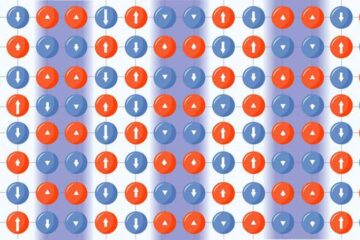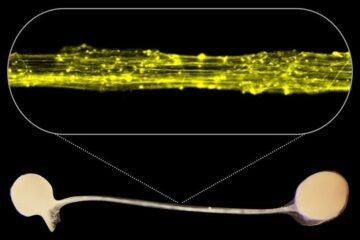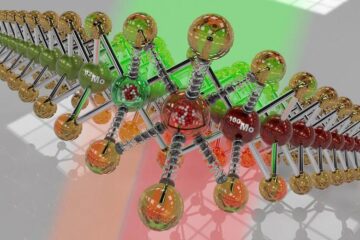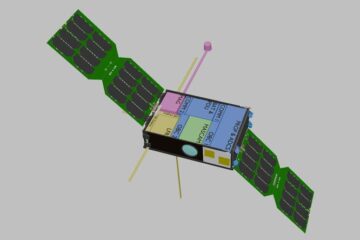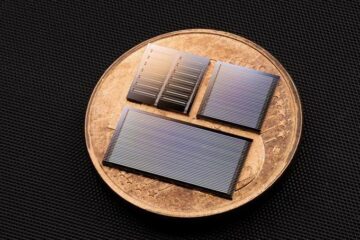Latest News

Microbiology Online: Free resources for teachers
The Society for General Microbiology (SGM) has launched Microbiology Online – a new web site for biology teachers and technicians in schools and colleges. The site is packed with information and resources to support microbiology teaching at all key stages and post-16 level.
In return for completing an on-line feedback form the SGM are offering schools the chance to win either a World of Microbes teaching pack for KS2 or a bioreactor kit worth £105, which is suitable for KS3/4 and post-16. T

Yellow fever threatens to make a come back
Yellow fever has been written off in the past as a global threat. Yet the failure to eradicate this disease has left the door open for new, large, outbreaks as vaccination of travellers and tropical populations declines, according to an article in the February issue of Microbiology Today magazine from the Society for General Microbiology.
“Yellow fever virus attracts less public attention than, for instance, lassa and ebola, but it remains the greater threat. Containment through effective m
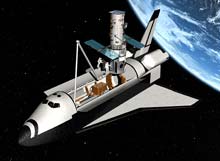
Hubble gets revitalised in new Servicing Mission for more and better science!
After nearly 12 years of incredible scientific discoveries, the ESA/NASA Hubble Space Telescope orbiting Earth is about to have another service visit. The purpose is to upgrade Hubble system and to install newer and more powerful instruments that will astoundingly increase Hubble’s discovery capabilities and extend the longevity of the observatory.
As a unique collaboration between the European Space Agency (ESA), and NASA, Hubble has had a phenomenal scientific impact. The unsurpassed sha
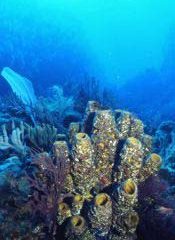
Conservationists Identify Marine Biodiversity "Hotspots"
Conservation-oriented parks and reserves are fairly common on land, but comparatively few marine regions receive protection from human activities. This situation has, for the most part, elicited little concern, owing to the widely held belief that the large geographic ranges of most marine species would ensure their survival. But new research on restricted-range marine life—that is, species limited to small areas—challenges that idea, identifying 10 regions where further damage to coral reefs could l

Magnets see the light
Light-sensitive ’plastic’ magnets could replace your hard drive.
A ’plastic’ magnet that responds to light could lead to new ways of storing and reading large amounts of computer data. Light would be used to store information in cheap, fast and high-capacity ’magneto-optic’ memories.
The light-switchable magnet is the first to be made from organic (carbon-based) molecules. This means its discoverers, Arthur Epstein of Ohio State University in Columbus and Joel Miller of the

Nitric oxide plays a vital role in the formation of long-term memory in snails
Snails can teach us a great deal about how we form memories, according to a group of neuroscientists at the University of Sussex.
Research by Dr Ildikó Kemenes, Professor Paul Benjamin, Professor Michael O’Shea and colleagues shows that nitric oxide plays a vital role in the formation of long-term memory in snails. This is of crucial importance because the gas has already been shown to play such a role in humans and other mammals.
Ideally, scientists would like to use mammals to st


